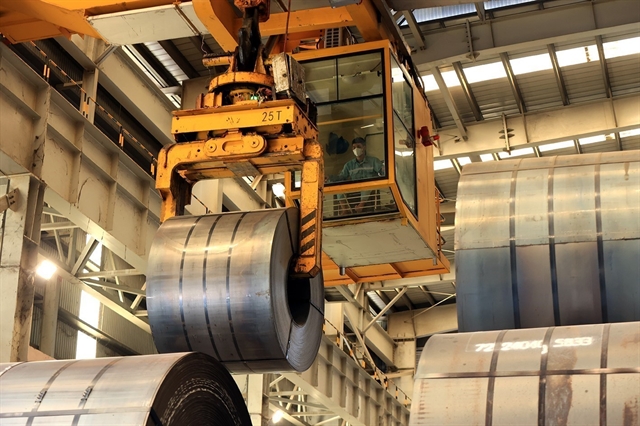Enterprises are facing mounting pressure from an increase in trade defence measures, according to the Ministry of Industry and Trade. Việt Nam is facing 284 trade remedy investigations as of April 2025.

HÀ NỘI — Vietnamese enterprises face mounting pressure from an increase in trade defence measures globally, according to the Ministry of Industry and Trade.
These measures, which include anti-dumping and anti-circumvention, are becoming more frequent and complex, reflecting a broader trend among countries seeking to protect their domestic industries.
The ministry warns that countries are not only escalating the number of trade remedy investigations, but are also tightening regulations. New trends include the expansion of the scope of investigation, the implementation of more stringent information requirements, reduced response times for questionnaires and the application of revised legal standards that result in higher tariff impositions.
The ministry’s early warning system has identified several export sectors at elevated risk of trade defence investigations. These include wood products (plywood, kitchen cabinets, wooden frame sofas and profiled wood); steel (hot-rolled, prestressed, anti-corrosion steel and steel cables); construction materials (artificial stone and ceramic tiles); mechanical and manufacturing (solar panels, electric bicycles, washing machines and tyres); and non-ferrous metals.
Such measures become prevalent in major export markets such as the United States, the EU, South Korea and Canada.
One notable case occurred on May 12, when the Canada Border Services Agency (CBSA) initiated anti-dumping investigations on steel strapping originating from, or exported from, several countries, including Việt Nam.
Just days earlier, on May 6, Egypt announced it was initiating an anti-dumping investigation concerning truck and bus tyres originating in or imported from Việt Nam.
Similarly, in April 2025, the Korea Trade Commission (KTC) decided to impose 18.81 per cent and 11.37 per cent duties on stainless steel products imported from two Vietnamese companies.
According to Nguyễn Anh Thơ from the Trade Remedies Authority, Việt Nam faced 284 trade remedy investigations as of April 2025. These included 54.6 per cent of anti-dumping cases, 20.8 per cent safeguard investigations, 13.7 per cent anti-circumvention cases and 10.9 per cent investigations into anti-subsidy measures.
Of those, the US alone launched 22 anti-circumvention cases against Vietnamese exports. The growing scope and frequency of these actions are placing increased burdens on Vietnamese enterprises, requiring them to respond quickly and effectively to avoid costly penalties or loss of market access.
To mitigate these risks, the Ministry of Industry and Trade urged Vietnamese businesses to stay informed of trade remedy regulations in key export markets and monitor product groups flagged as high-risk by the ministry.
They also need to communicate with importers regarding potential trade remedy actions, enhance traceability and transparency of production processes, and build international-standard accounting systems and improve self-sufficiency in raw materials.
The Deputy Director of the Trade Remedies Department, Chu Thắng Trung, said the exporters must not only use the benefits of free trade agreements (FTAs) but also integrate trade remedy preparedness into their long-term development strategies.
He also stressed the importance of diversifying export markets and product lines, competing on quality rather than price, and maintaining strong connections with trade associations and government agencies.
Data from the World Trade Organization (WTO) shows that between 2020 and 2024, Vietnamese enterprises were targeted in 107 anti-dumping cases - accounting for 3.3 per cent of all global investigations.
These mainly involved products in metals, chemicals, plastics, textiles, machinery, construction materials, and agriculture (such as animal fat, vegetables and fruits). — VNS





